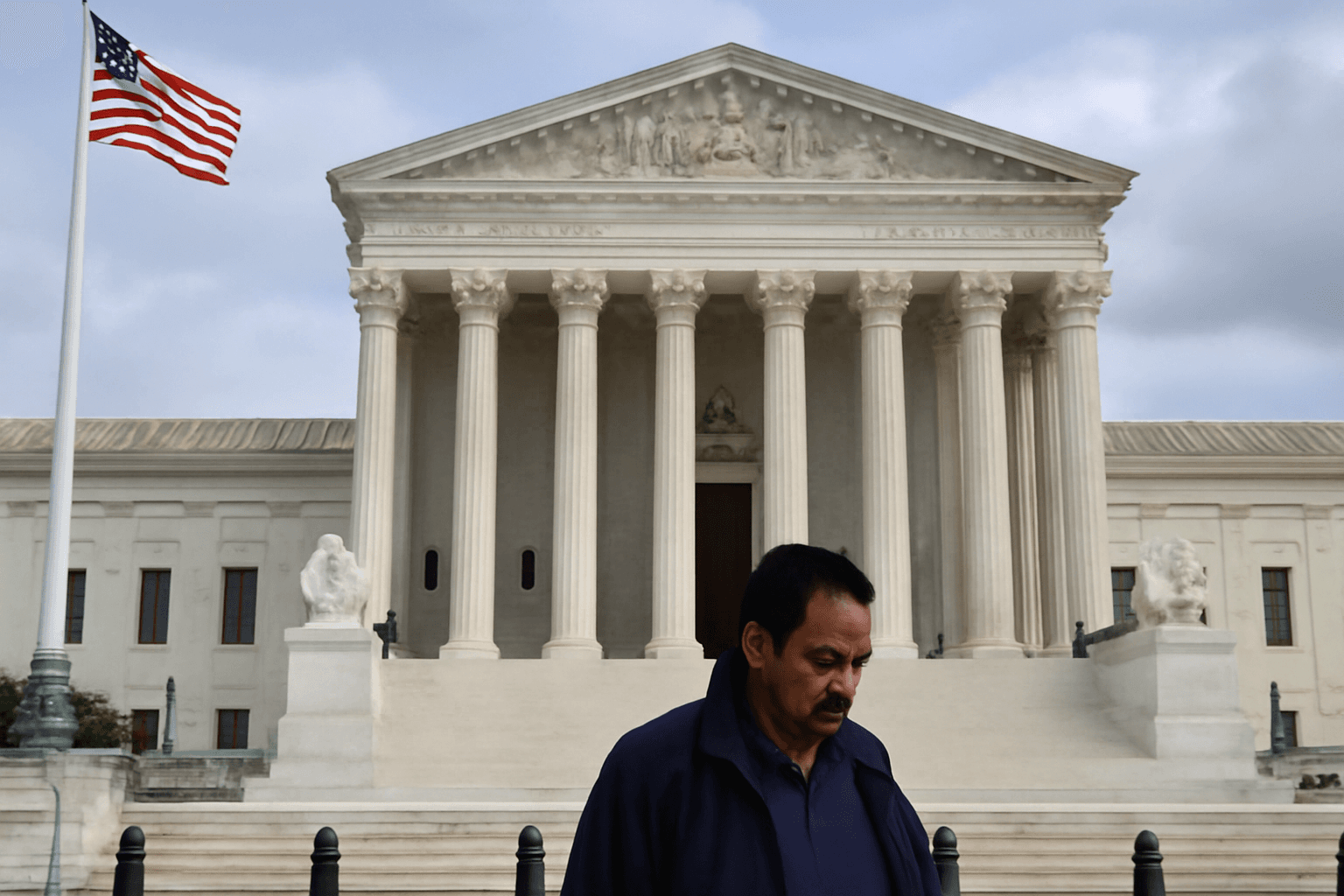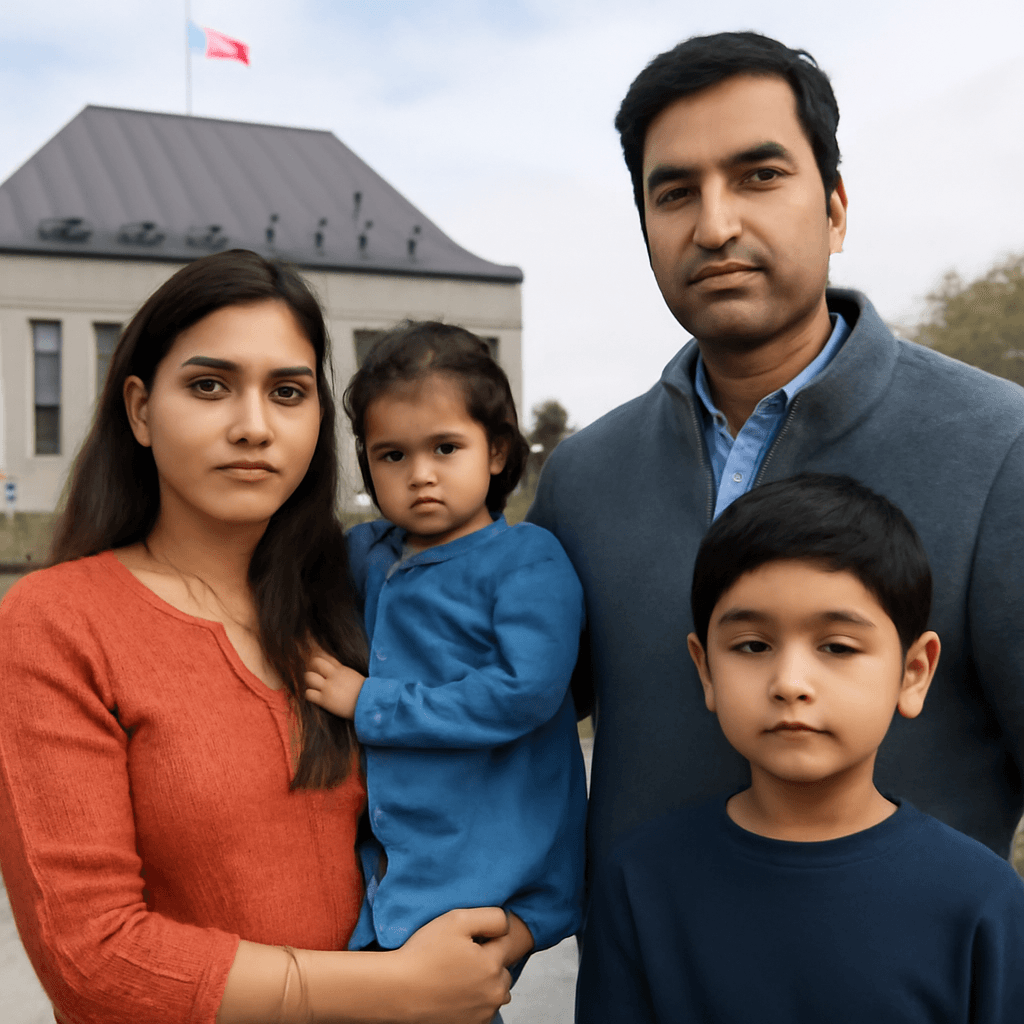USCIS Tightens Rules on Green Card Eligibility for Children, Reversing 2023 Protections
In a significant policy shift set to impact thousands of immigrant families, the United States Citizenship and Immigration Services (USCIS) has announced it will rescind a previous rule that shielded children of green card applicants from "aging out". This reversal affects children of applicants who are in the lengthy queue for employment-based green cards, notably within the Indian diaspora, which already faces one of the world's most protracted wait times.
What Does "Aging Out" Mean in Immigration Context?
Under U.S. immigration law, children of green card applicants remain eligible for derivative green cards only until their 21st birthday. After this age, they typically lose eligibility—a process termed "aging out." To mitigate the impact of lengthy processing delays, the Child Status Protection Act (CSPA) of 2002 introduced a special age calculation formula that freezes a child's age based on visa availability dates.
Policy Changes and Their Implications
- Earlier Policy (Feb 2023 – Aug 15, 2025): USCIS used the more generous "Dates for Filing" chart to determine visa availability for age calculation, which allowed many children to retain eligibility past their 21st birthday.
- New Policy (Effective Aug 15, 2025): USCIS will revert to the "Final Action Dates" chart, traditionally more restrictive, effectively reducing the window children have to qualify before aging out.
This subtle yet critical shift means that children who might have previously been protected will now likely lose derivative eligibility, forcing thousands to start anew in the green card queue or face uncertain paths to permanent residency.
Disproportionate Impact on Indian Immigrant Families
The Indian community bears the brunt of this reversal because of decades-long backlogs in employment-based visa categories (EB-2, EB-3). According to a March 2023 study by David J. Bier of the Cato Institute, nearly 1.34 lakh (134,000) children from Indian-origin families could age out before receiving a green card under the previous regime. The new restrictions threaten to push these numbers even higher, complicating the immigration journey for many.
Expert Commentary and Criticism
Doug Rand, a former Department of Homeland Security official involved in crafting the 2023 protective policy, condemned USCIS' reversal as "petty and obnoxious," describing it as an unnecessary source of fear and heartbreak across immigrant communities. The change also reflects a broader pattern reminiscent of prior administration policies that tightened immigration parameters, underscoring ongoing political battles over immigration reform.
Broader Context and Policy Questions
This decision raises urgent questions about fairness and policy consistency, especially for families who have waited years or even decades. It also spotlights the systemic challenges within the U.S. immigration system, including:
- The need for reforming the employment-based green card backlog to prevent family separations.
- The implications of rigid age calculations on immigrant youths’ futures and psychological wellbeing.
- The legal challenges these children might pursue, considering previous policy promises.
- The socio-economic impact on U.S. industries relying on immigrant talent, especially technology and healthcare sectors.
What Immigrant Families Can Do
Immigration attorneys recommend families review their cases with legal experts promptly, especially if adjustment of status applications have not been filed by August 15, 2025. Understanding the nuances between the "Dates for Filing" and "Final Action Dates" charts can mean the difference between qualification and disqualification. Advocacy groups continue lobbying for legislative fixes to protect these vulnerable children from losing green card eligibility due to technicalities in processing timelines.
Editor’s Note
This USCIS policy reversal underscores the profound human impact immigration laws have beyond statistics and bureaucratic processes. Behind the technicalities lie families grappling with uncertainty and children whose futures hinge on administrative charts. As policymakers debate immigration reform, these developments serve as a reminder that timely, fair, and compassionate policies are crucial to maintaining the United States’ reputation as a land of opportunity. For immigrant communities, particularly those burdened by the longest waits, continued vigilance and advocacy remain critical.
By Lubna Kably, Senior Editor specializing in immigration and tax policy with a focus on the Indian diaspora and U.S. immigration legislation.



















